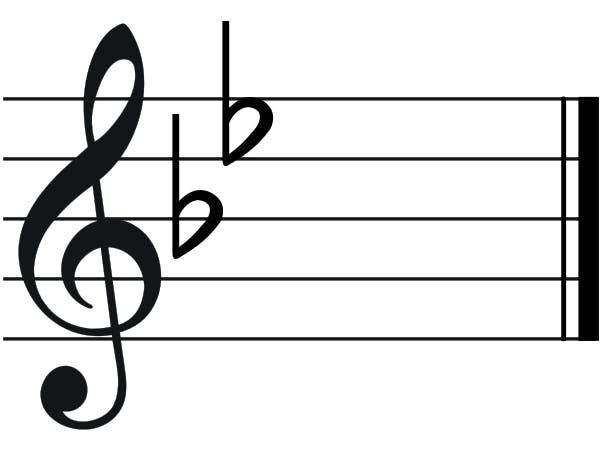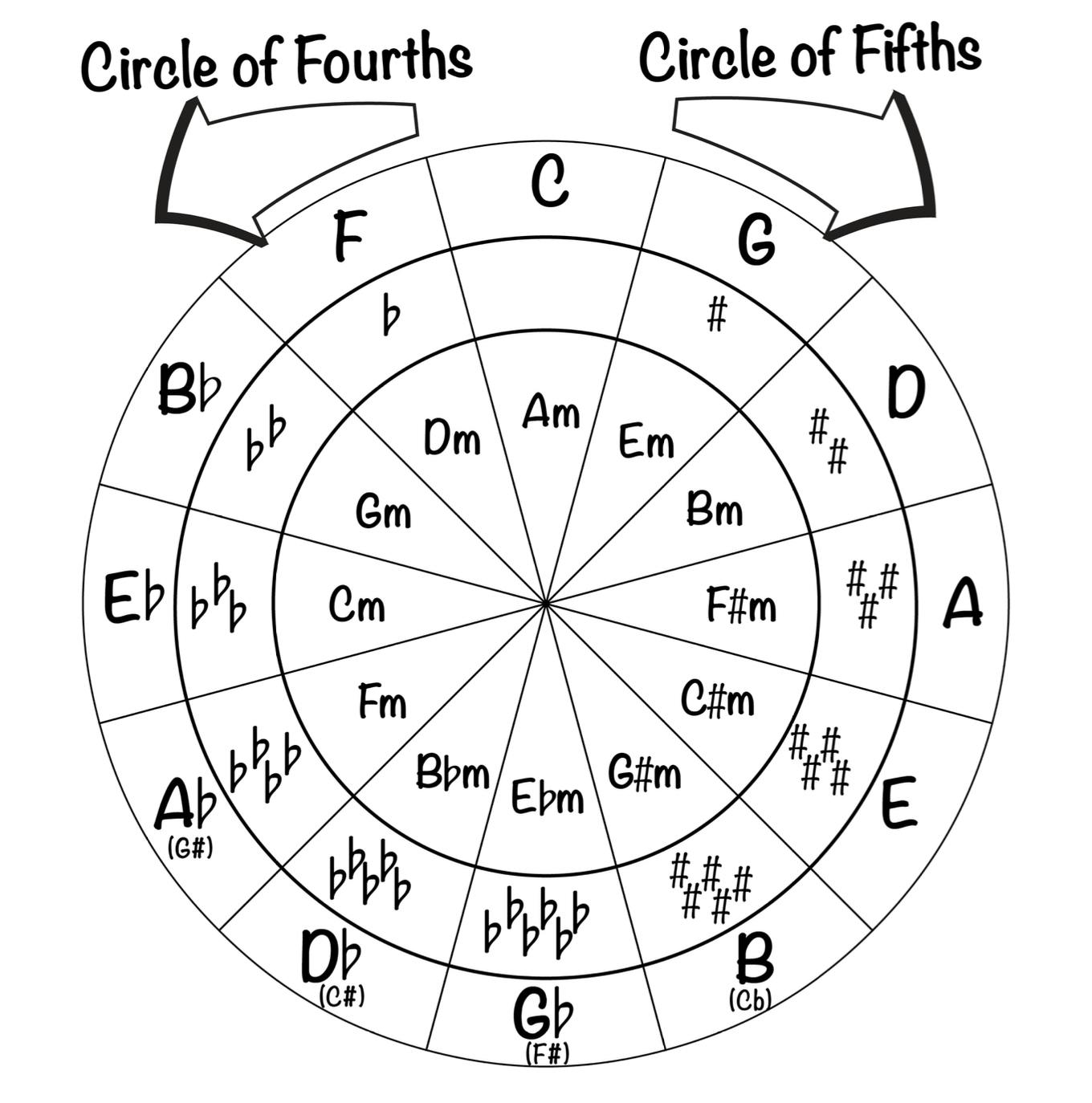Making a mix
Have you ever heard an EDM mix before and wondered how everything can flow so seamlessly together? There is a bit of an art and science that goes into the process of cutting and pasting tracks together to create a unique mashup of popular songs. A DJ, or EDM mix, is defined as: "A sequence of songs (tracks) that are typically mixed by a DJ so that the result appears as one continuous track." This is what we all know and love when we hear many songs combined in a way that excites the listener.
There are the two major components that need to be addressed when creating a mix:
- Beat Matching
- Harmonic Compatibility

Beat matching is a technique of pitch shifting or time stretching an upcoming track to match its tempo to that of the currently playing track. At its most basic level, it's just making sure that the tempo, or speed, of one song is equivalent to that of another in order to avoid awkward time changes. Harmonic Compatibility is the quality of how similar the key signatures of each song is. This begins to introduce a bit more complexity.
How are you supposed to know which key signatures work well together? It's easy to simply match tempos between songs, but figuring out compatible keys can be pretty tedious, and very hard to master in the heat of the moment. This is a music theory-heavy process of looking for key signatures that are one sharp or flat away from each other, or in the relative minor key. Essentially this means that all but one or two of the possible notes that can be played in a given song are present in the next.
If you're not very experienced with music theory, or you want a quicker way to figure this out, you can employ the Camelot Wheel, or Camelot System.

What exactly is the Camelot Wheel?
The Camelot Wheel is a system designed to make harmonic mixing highly simplified by choosing keys based on positions on a wheel. It was created by Mark Davis, and mainly featured in Mixed In Key, a highly popular DJ Mix making software. There are a set of rules that are recommended for guaranteed success in choosing songs, but creativity and experimentation are also always encouraged.
Harmonic Mixing is just the process of combining songs using the concepts of Harmonic Compatibility.
Whether you're making a mix at home, live at a club, or simply interested in Harmonic Compatibility, this system is essential for simplifying the process of selecting songs.
Where the music theory comes in
Although it's not critical to understand music theory while using the Camelot Wheel, it can be very advantageous to learn a bit of what's going on behind the scenes. If you're new to music theory, don't worry! This is designed to be beginner friendly.
Some of the main points to review in order to understand the Camelot wheel are:
- Key signatures
- Circle of Fourths / Fifths
- Relative Minor
Key Signatures
A Key Signature is the set of notes that are played in a given song. They are labeled by a note name and a 'quality', such as major or minor. For example, C Major, A minor, Eb (pronounced E Flat) Major, or F# (pronounced F Sharp) minor, are all key signatures.
Key Signatures are one of the most fundamental characteristics of a piece of music. It determines what notes are played, meaning what notes will sound good, and what will sound bad. This drives note choices for all pitched instruments such as piano/keyboard, bass, vocals, and other instruments. Pretty important right?
Key Signatures are represented with sheet music using the following notation:

This particular key signature is Bb Major. You'll see soon how you can identify which key it is.
Circle of Fourths/Fifths
All key signatures are relative to each other, and their relationships can be shown on the Circle of Fifths or Circle of Fourths. They are actually different names for the same circle, or wheel! By moving in clockwise, you are technically using the Circle of Fifths, and by moving counterclockwise, you are using the Circle of Fourths. Here's what it looks like:

Looks pretty similar to the Camelot Wheel right? That's because it essentially represents the exact same concept. Although it looks a bit scary, it really isn't bad at all. Here's how to read it.
Each key signature represents a unique number of sharps, or flats. If you start at C Major, with no sharps or flats, and then "add" one flat, you are now moving to F Major, or counterclockwise (Circle of Fourths). Furthermore, if you start at C Major, and "add" one sharp, you are now moving to G Major, or clockwise (Circle of Fifths).
Closely positioned key signatures are highly compatible with each other. On the other hand, key signatures that are 3 or more positions away from each other tend to sound jarring when performed together, or in transition. So moving clockwise or counterclockwise by increments of 1 is guaranteed to sound good. What about the inner section of the circle?
Relative Minor
If we look at C Major on the Circle of Fourths/Fifths, we'll see that 'Am' is in the same slice. 'Am' represents the key of A Minor. These two keys actually share a key signature of no sharps or flats. This means that while using the same set of notes, we can represent C Major, and can also be represented by A Minor. This relationship is called the Relative Minor of a major key.
So by using a chord progression that predominantly emphasizes C Major, you can achieve a 'major' sound, and you can create a 'minor' sound with the same key signature, but while emphasizing A Minor. This means that you can easily transition between Relative Major and Minor when choosing songs.
Why does all of this matter? These concepts of Key Signatures, Circle of Fourths/Fifths, and Relative Minor are what determines Harmonic Compatibility. Pretty much just how well two songs can transition into one another. This is what creates the 'rules' of the Camelot Wheel, which we will get into.
How to use the wheel to your advantage
Now that you have a good understanding of how to read the Camelot Wheel, and how it relates to music theory, let's figure out how to use it!
It's quite simple to navigate the Camelot wheel! There are 3 main rules that guarantee a great sound in transition between songs:
- Mix tracks of the same key (e.g. 2A to 2A)
- Mix tracks of the same number (e.g. 4B to 4A)
- Mix tracks one number up, or one number down (e.g. 6B to 5B)
Knowing and mastering these rules will ensure that all of your mixes are 'in key', and sound great. Often times, a great mix can excite an audience and elevate the experience of live music. The difference between harmonically compatible versus incompatible mixes is like night and day, very noticeable to people regardless of musical background.
Cheat Codes
Although the Camelot Wheel should be used 9 times out of 10, there are two quick short cuts that can provide a quicker solution, but less consistent when used all the time. These are Key Sync, and using Beat Matching in sections that contain no harmonic or melodic content. Using these methods can circumvent the need for the Camelot Wheel, but doesn't always ensure the final result is a great sounding mix. They are more so quick fixes to be used for unique situations.
Key Sync
Key Sync is a feature provided by several DJ Mixing softwares, Rekordbox being a very popular one. It modulates a track to a desired key signature. For example, if you want to use a certain song in 2A on the Camelot Wheel, but you're currently at 5A, you can use Key Sync to modify the key of the upcoming track to be 2A. Often times, this will change the sound of the track very much, frequently giving vocals a noticeable change.
When you are in a pinch, and want to use a song that doesn't fare well using the Camelot Wheel, using Key Sync might be your best option.
Beat Matching
As mentioned earlier, Beat Matching is syncing the tempo of the upcoming track to the current one. If the sections you are mixing together do not contain harmonic or melodic content, then you can get away with mixing the songs together. Essentially, as long as there are only drums, or other percussive, non-pitched instruments, it should be fine to mix the two tracks together.
Conclusion
Now that you have a grasp of how to use the Camelot Wheel to make your mixes sound professional, it's time to put it to the test! There are some additional links below that provide further resources to take your harmonic mixing skills to the next level.
In The Loop Community
We hope you've learned a bit more about the lifecycle of a song. The entire purpose of In The Loop is to connect growing artists and producers and allow them to showcase their work in a space for constructive feedback while also participating in competitions tailored to the community. Currently, we are creating our community on Discord as we finalize our application, In The Loop. We are always looking for new beta testers to help improve the application so that we can be sure to match our app to user wants and needs. If you would be interested in being a beta tester, we have an Instagram page @itl_studios and we can give more information there if you shoot us a direct message!
Discord: Stay In The Loop
Also, if you enjoyed this blog post or any of our previous posts, be sure to join our Discord server which can be found at discord.gg/c7Hf3HX6Hh
Links
Interview with Mark Davis: Inventor of the Camelot Wheel mixedinkey.com/book/how-to-use-harmonic-mix.. (Link)
What Is a DJ Mix (DJ Mix Set)?
passionforedm.com/blog/dj-mix (Link)Mixing in key (YouTube video) youtube.com/watch?v=U_tS7iMwU54 (Link)
Beatmatching: en.wikipedia.org/wiki/Beatmatching (Link)
The Easiest Way to Mix In Key youtube.com/watch?v=1sC-sZhSxU8 (Link)

